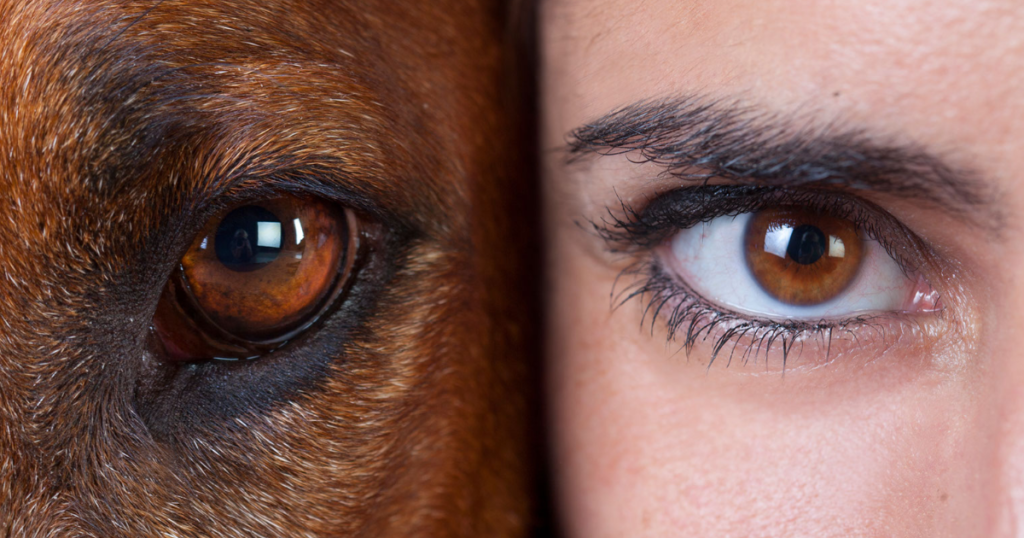The animal kingdom is filled with unique and complex visual perspectives, from the eagle’s ability to spot prey from miles away to the chameleon seeing almost every angle of its surroundings without moving its head. Each animal’s vision has evolved to help it survive in its specific environment. Do you know which living creature has the best daytime vision?
Humans have the highest visual acuity of any mammal and the highest of any animal during the day. Some birds of prey have much better. We do, however, have poor night vision.
Human Visual Acuity
Although we lack some abilities, such as good night vision, the ability to see ultraviolet (UV) light, and the ability to see well underwater, humans see quite well compared to the rest of the animal kingdom. Primates, including humans, have the best daytime vision of any mammal, and humans may be the best of all primates. There’s even a case to be made that humans have the best overall daytime non-peripheral vision of any animal, and some vision scientists agree. (Source: Steven Levithan)
Animal Vision Champions
Eagles
Eagles have the best long-distance vision of any bird of prey. They can see about eight times as far as humans, allowing them to spot and focus on a rabbit or other animal from about two miles away. We can see a candle flame at that distance, but a small animal camouflaged in its surroundings would be hidden from us.
Eagles can also quickly change their focus, allowing them to zoom in on their prey. They can also see a broader range of colors than we do, allowing them to distinguish small changes in coloration in their prey and see UV light.
Eagles, hawks, and falcons dominate in terms of daytime vision. They do not, however, perform as well at night.
Owls
As soon as the sun goes down, these nighttime predators seize the torch from eagles. Unlike many birds, owls have eyes that face directly forward, giving them incredible binocular vision. Although owls’ large eyes cannot move or roll like humans, they can move their heads nearly all the way around, giving them a 270-degree field of vision without moving their bodies.
Their large, tube-shaped eyes contain many more rods than human eyes, making them lighter and more sensitive. At night, their irises widen to allow more light to reach their retina. Owls can see during the day because their iris adjusts (unlike other nocturnal animals, which can only see well at night), but their vision is slightly blurry, and cannot see colors well.
The tapetum lucidum is a reflective surface behind the retina of owls and other animals with excellent night vision. This thin layer allows light to reflect into the animal’s eye after it has passed through, giving the animal two chances to collect enough light.
Humans, on the other hand, lack this trait, so our day vision far outweighs our night vision.
Mantis Shrimp
Eagles can spot a rabbit from the air, but mantis shrimp have the most complex eyes in the animal kingdom.
Humans, for example, have three types of cones in our eyes that allow us to see the colors red through violet. On the other hand, Mantis shrimp have sixteen different types of cones. While scientific evidence suggests that mantis shrimp do not necessarily perceive minute differences in color or see colors we cannot imagine, it does mean that mantis shrimp have an advanced color recognition system.
(Source: Steven Levithan)
Image from Purposeful Universe
